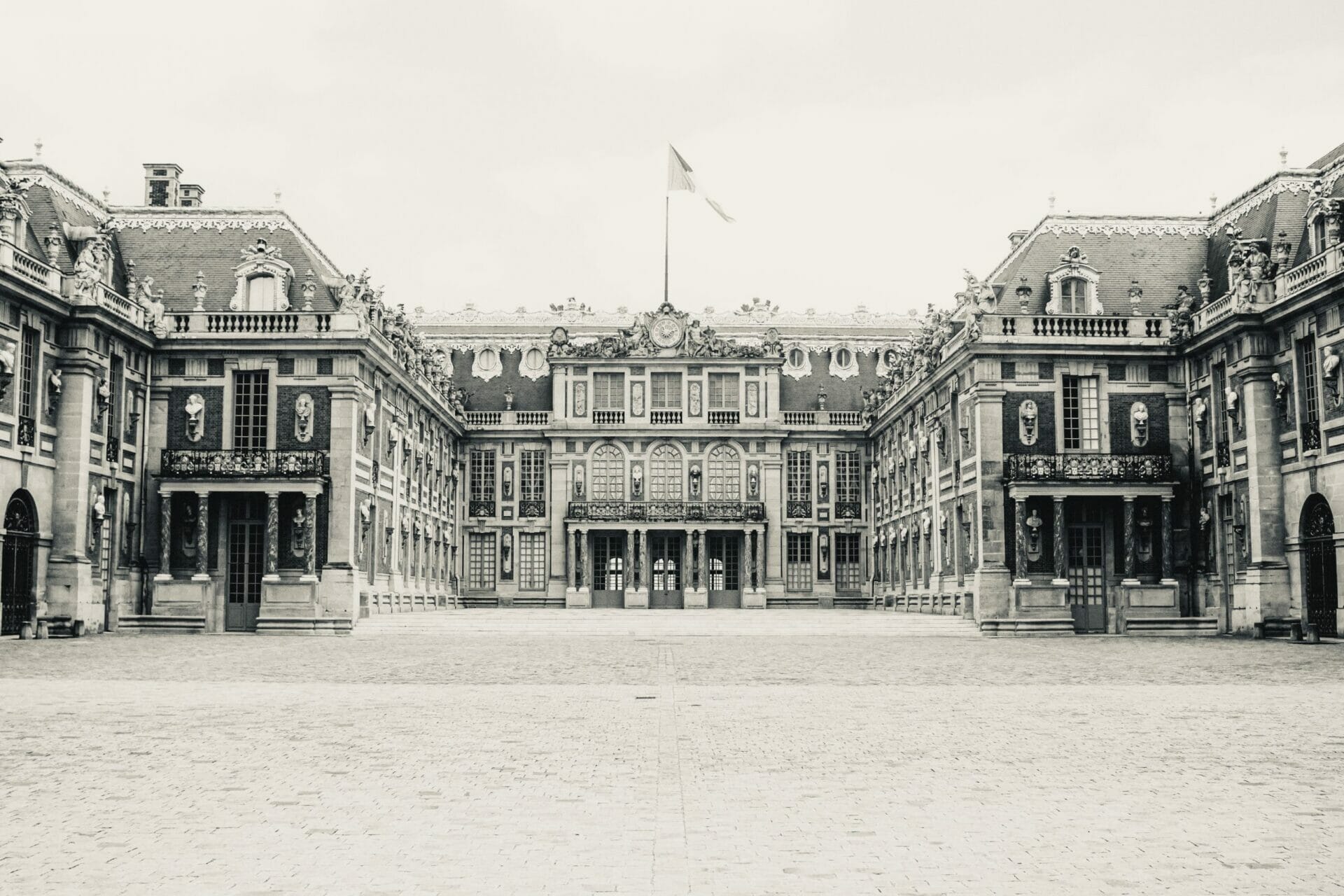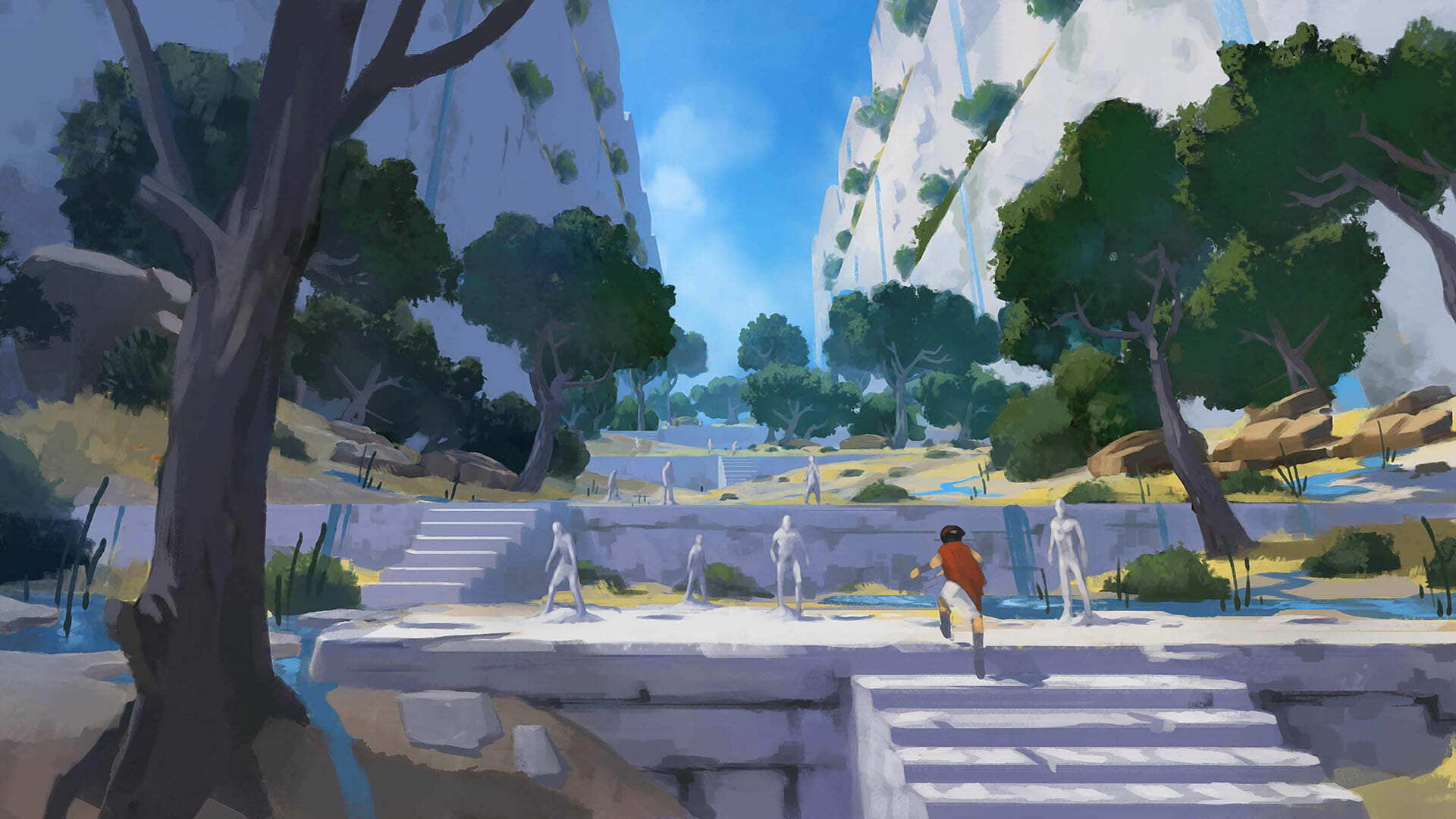
The Baron in the Trees | The exercise of disobedience
Author
Format
Length
The Baron in the Trees has a name, and it is Cosimo Piovasco di Rondò. His story, narrated by his little brother Biagio, is simple. After a fight with his father, he climbs up a tree and promises to never set foot on earth again. And so this he does, up until the very end.
Cosimo’s life was so uncommon, mine so ordinary and modest, and yet our childhood was spent together, both of us indifferent to the manias of adults, both trying to find paths unbeaten by others.
Italian writer Italo Calvino wrote The Baron in the Trees (1957) as part of a trilogy called Our Ancestors. The other two novels are The Cloven Viscount (1952) and The Nonexistent Knight (1959). All three works present a protagonist of noble origin in some sort of fantastical predicament. The Viscount, after a cannonball injury, becomes two people: one representing his bad half and one his good half. His story is reminiscent of Robert Louis Stevenson‘s Dr. Jekyll and Mr. Hyde‘s situation. The Knight, instead, portrays the faith, honor, and chivalry of a man who blindly follows his king; yet, beyond the shiny armor, there is nothing to be found.
Using folklore to connect with the present
In the preface to Our Ancestors collection, Calvino wrote:
I collect in this volume three stories that have in common their implausibility and the fact that they take place in distant eras, in imaginary places. I wanted to make a trilogy of them, about being realized as a human being: three levels of approach to freedom.
These stories use their fantastical plot to deliver a much more grounded concept. His interest in folklore and fairy tales is very noticeable in all of his works. Sometimes, it seems that Calvino creates magical worlds for no purpose other than to investigate them. For example, in Invisible Cities (1972) he uses the character of Marco Polo to explore fantastical, dreamlike cities. His style of writing reminds the reader of that of Jorge Luis Borges, of whom Calvino was a big fan. Both writers prefer shorter forms of narrative and build their imaginary worlds with metaphors and descriptions, creating whole universes out of words that seem to have no tie with reality.
Imagination, history, and reality
Despite its unrealistic plot, almost all The Baron in the Tree‘s main characters are based on real people. Cosimo’s family is based on Calvino’s family, while the figure of Cosimo comes from an Italian artist called Salvatore Scarpitta. Scarpitta was also known as Sal the Sitter, because of a peculiar record he broke. At the age of 11, Sal climbed a tree as an act of rebellion against his father. He did not spend his life there like Cosimo, but he did manage an impressive 602 hours and 40 minutes. He talked about his adventure for a long time afterward, especially at the Roman cafés he frequented. And this is where Calvino happened to hear about his story.
Although The Baron in the Trees is set in an imaginary place, the time is real: it takes place during the French Revolution. Keeping on with his studies, Cosimo chooses to rebel not only against his father but against society as well. First, he hides a fugitive bandit and gets him into literature, by reading to him up until his last days. Then, he joins the French Revolution, actively helping and supporting the cause. He becomes so involved in the cause that, when the Revolution falls apart, he almost goes mad.
A similar premise to the one in The Baron in the Trees is found in Nothing by Danish writer Janne Teller. There, too, a young boy climbs a tree and refuses to come down. However, the meaning is very different. Teller’s climber’s decision comes from a belief that nothing has meaning. Cosimo’s decision, instead, comes from a firm faith in his own self-determination. He believes that if he thinks something can be done, then it can be done.
Sacrificing everything… what for?
Leonardo Sciascia, another famous Italian writer, comments in a literary newspaper of the time that Cosimo is “a sentinel of reason, alert and rapid against all monsters of nature and of history”. However, in his fight for his own idea of freedom, Cosimo loses a lot.
The death of his parents, of his dog, the life of his brother: everything happens far from him, as he is unable to connect with them anymore. Quite literally, he is not on the same ground as everyone else, and he has to pay the consequences. He struggles with love too. He loses the two women that he once loved, first Ursula and then Viola, because they cannot adapt to his lifestyle or vice versa.
While Cosimo is the prototype of the true intellectual illuminist (even in the trees he keeps studying, reading, and exchanging letters with the most relevant philosophers of the time), Viola embodies the romantic way of life. She puts her feelings ahead of everything, letting them control her choices. Thus, their difference represents a wider split in the world: that between Illuminism and Romanticism.
Cosimo’s choice requires sacrifices, but keeping his word and remaining true to himself is what matters most to him. As Calvino himself says in a preface to his own book, hidden behind the fake name of Tonio Cavilla:
The first lesson that we could learn from the book is that disobedience has a meaning only when it becomes a moral discipline more strict and strenuous than the one we are rebelling against.
Tag
Buy a ☕ for Hypercritic









